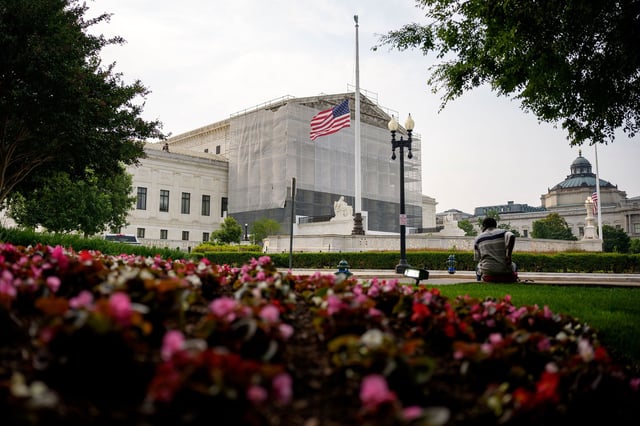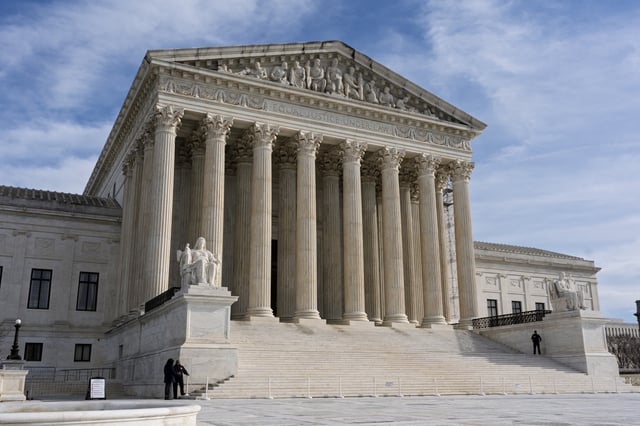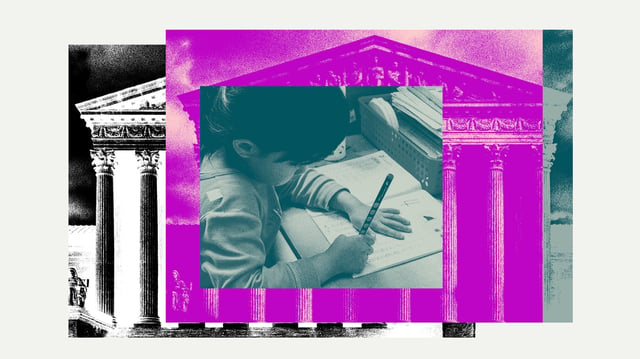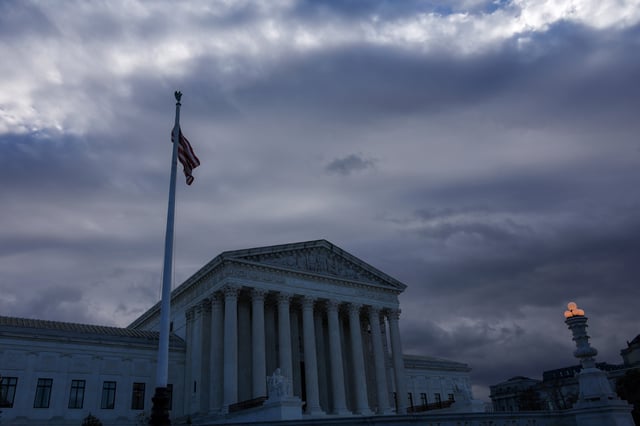Overview
- Chief Justice John Roberts wrote that educational discrimination claims under the ADA and Section 504 should meet the same “deliberate indifference” standard as other disability suits.
- By overturning the “bad faith or gross misjudgment” requirement used by the 8th Circuit and other courts, the ruling creates a uniform standard nationwide.
- A concurring opinion by Justices Clarence Thomas and Brett Kavanaugh signaled reservations about imposing damages liability without evidence of intentional discrimination.
- The decision revives the lawsuit filed by Ava Tharpe, a Minnesota teen with severe epilepsy, who sought evening instruction to accommodate her morning seizures.
- Disability rights groups praised the ruling for strengthening families’ ability to enforce federal accommodations in public schools.



